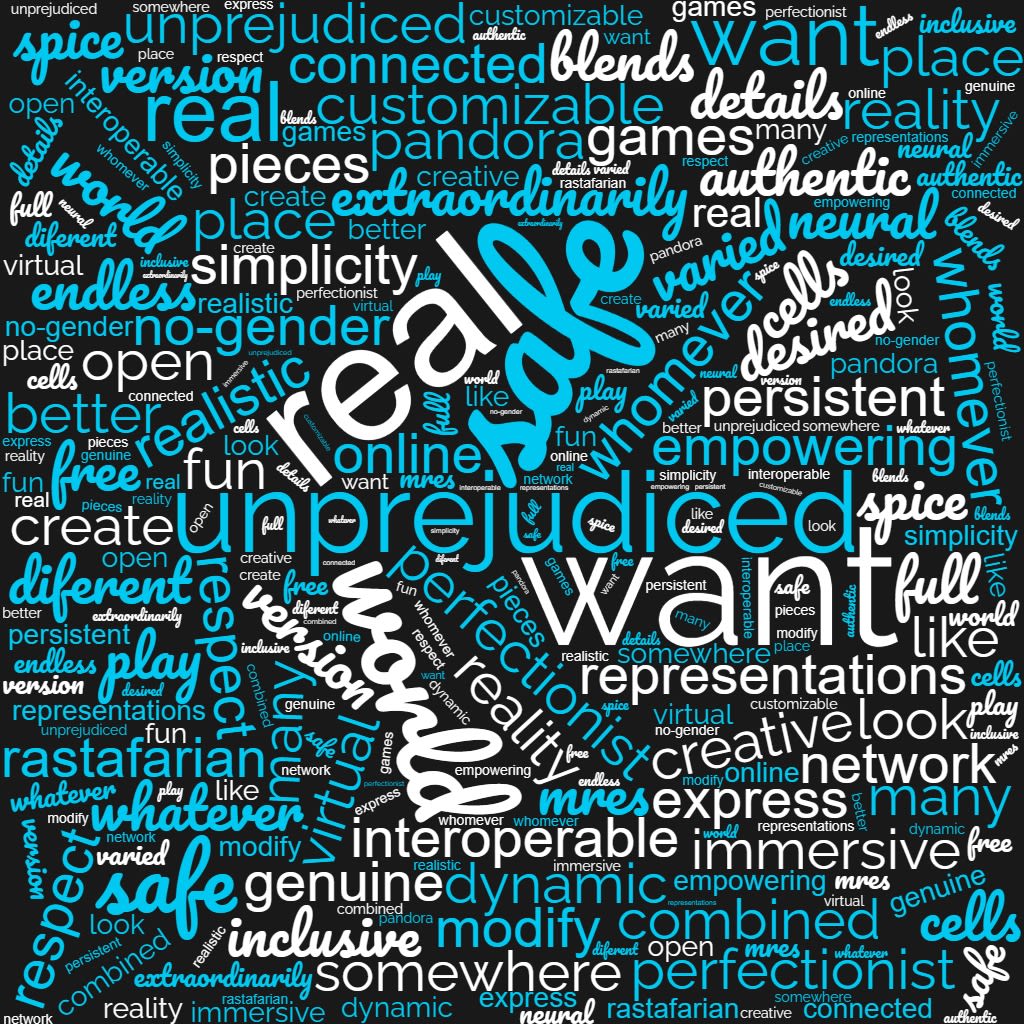Who can I be in the Metaverse?
Almost 50% of users are not satisfied with their current digital identity, while 71% claim greater diversity

It is difficult to be yourself. Value judgments, pre-established and consolidated opinions as social traditions limit the freedom to choose who we want to be, often turning self-representation into a frustrating process.
Faced with these restrictions, users seek to spread the wings of creativity and have found the ideal place to do so in the Metaverse, the new digital platforms, and video games. "The fact that, for example, in VRChat, you can decide if you want to be a cartoon character or you want to create an avatar that's a faithful representation of yourself, it's very great news for the community", affirms Jimena Tormo, XR Technologies and Metaverse expert.
This possibility of choice favors users' interest in 2D or 3D avatars as a tool for digital self-representation. Utilizing these mainly as a direct translation of the physical world regarding gender or personality attributes. However, the potential of digital identity goes much further because it "enables us to express ourselves in ways that weren't possible before", as Kerry Murphy, founder of The Fabricant, states in the Market Report Who will we be in the Metaverse?, from Web3 Studios.
Who has not ever wanted to be a cyborg or a vampire? Perhaps you would like to become a multicolored fairy. The creative freedom of the digital environment allows the user to explore new forms of identity actively, where he is not limited to observing but becomes the protagonist through his avatar.
“I think that the main difference between our physical and our digital identity right now is that in the digital world, we can be whomever we want to be”
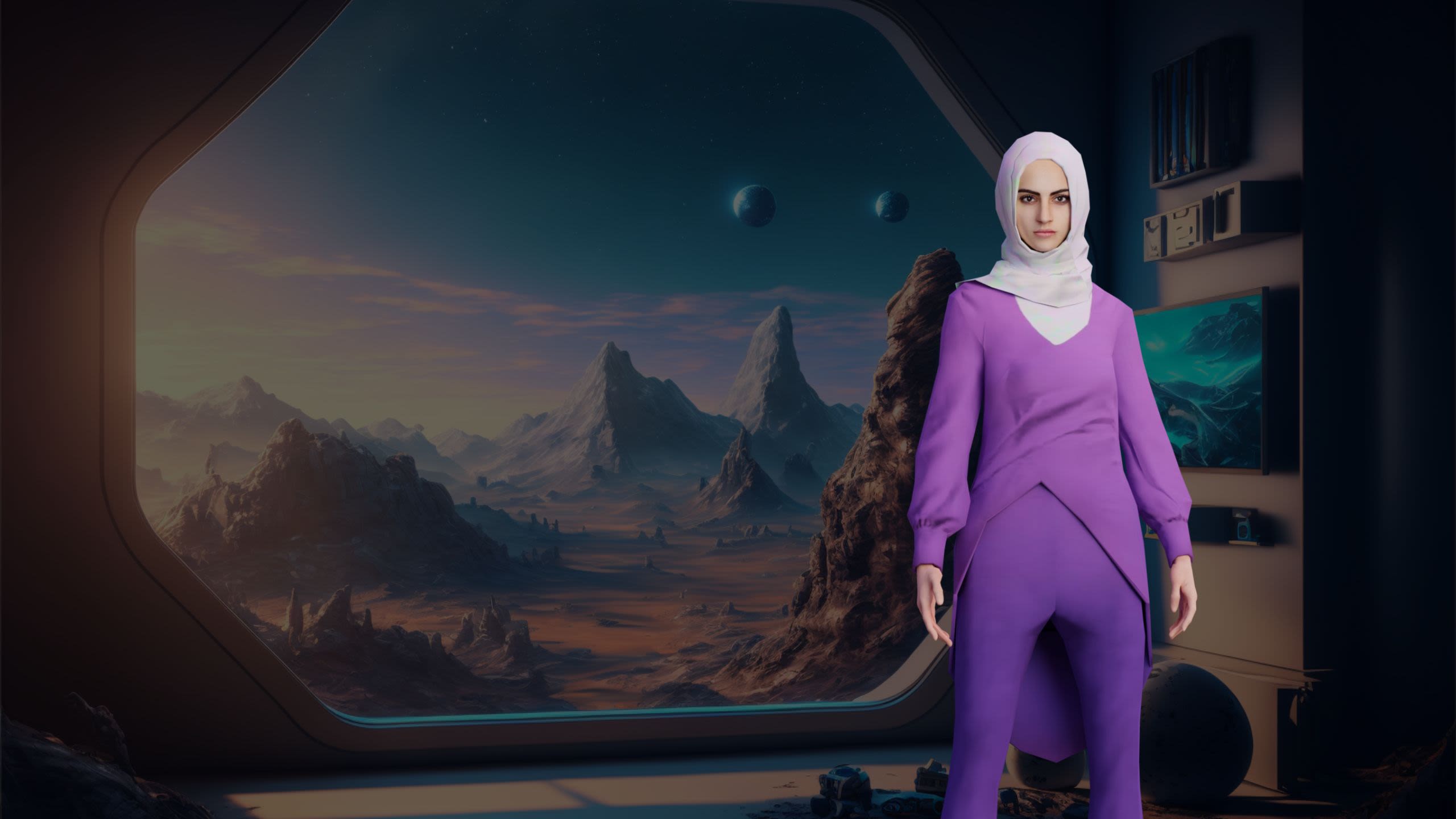
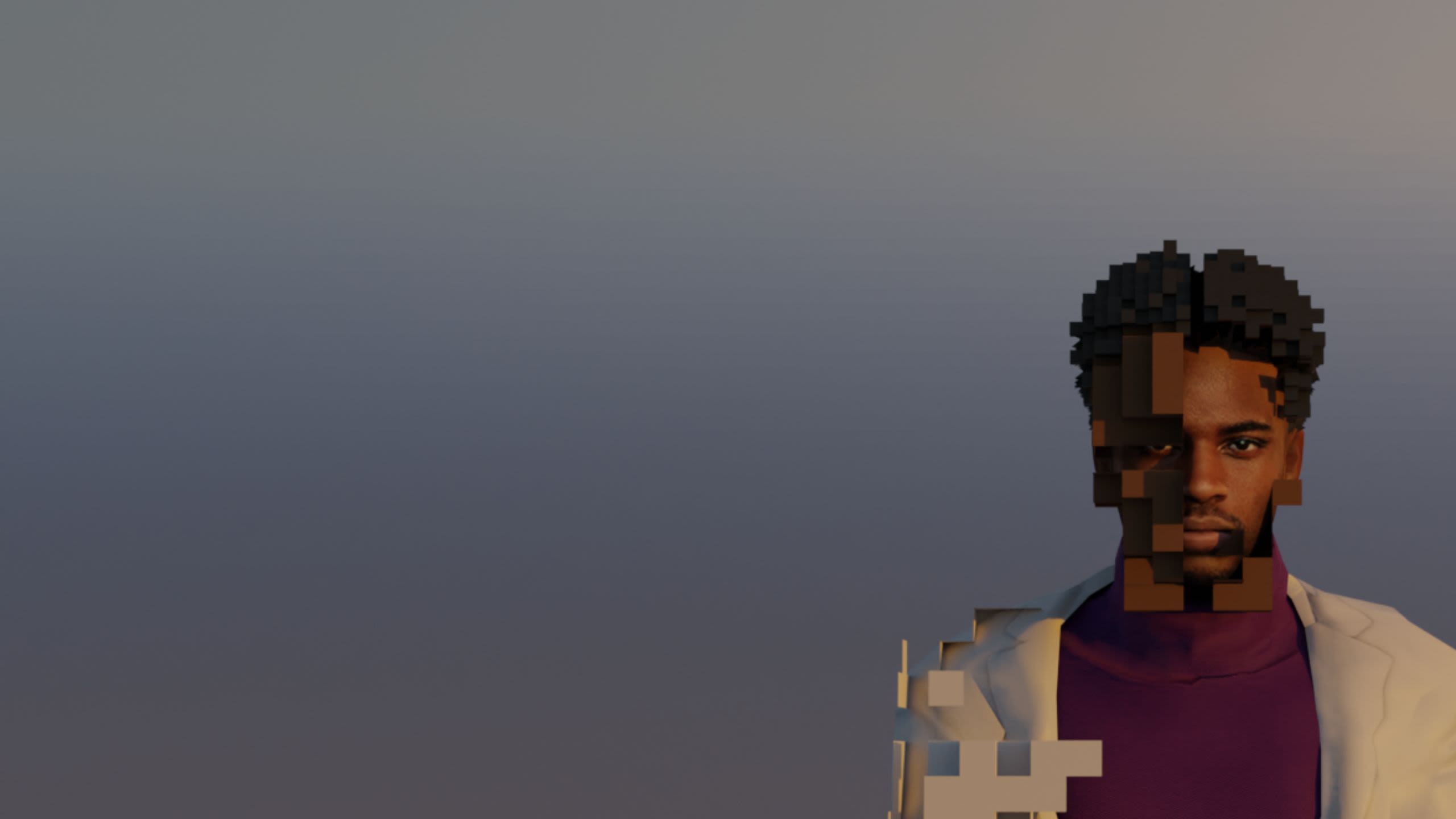
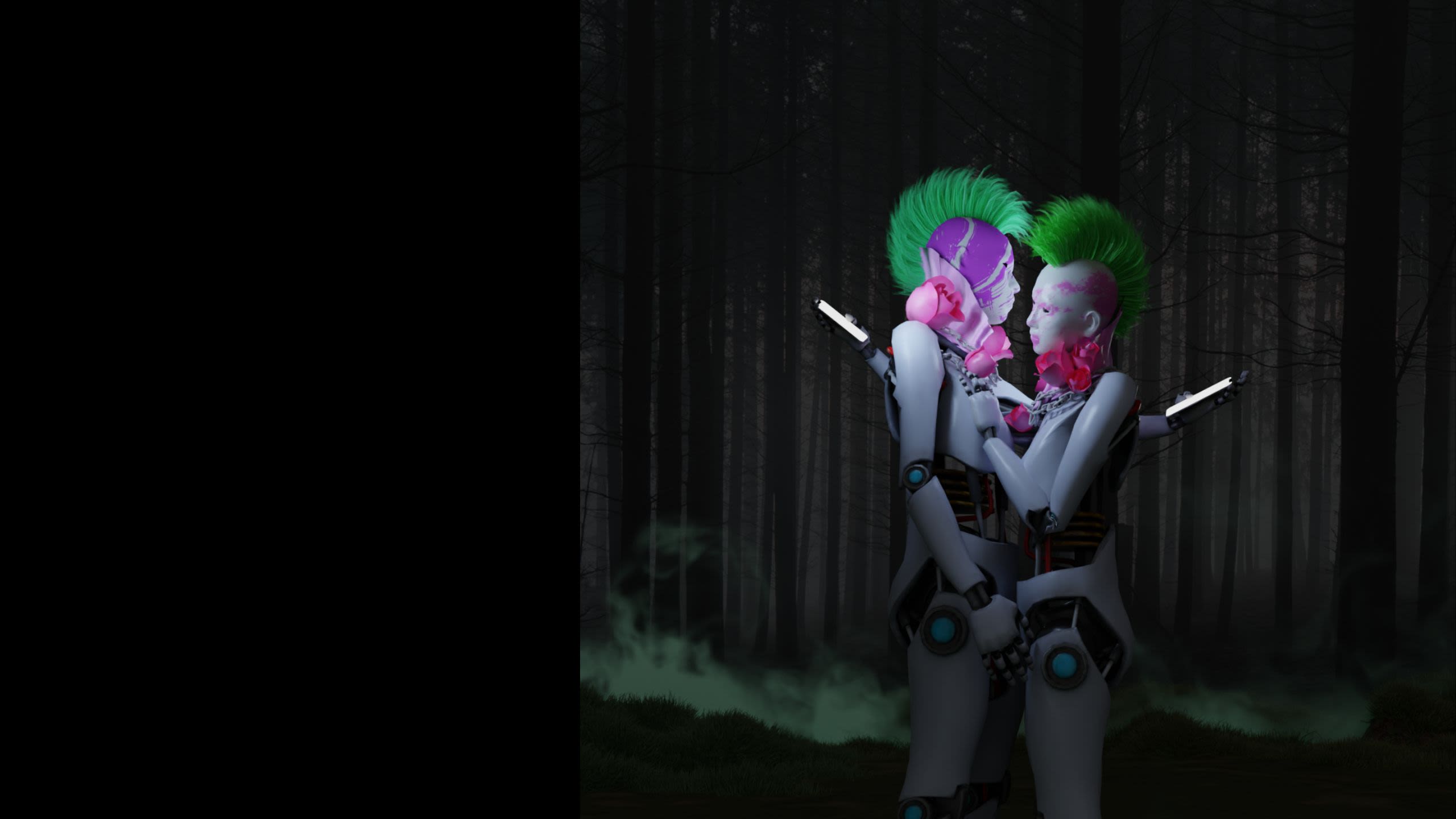
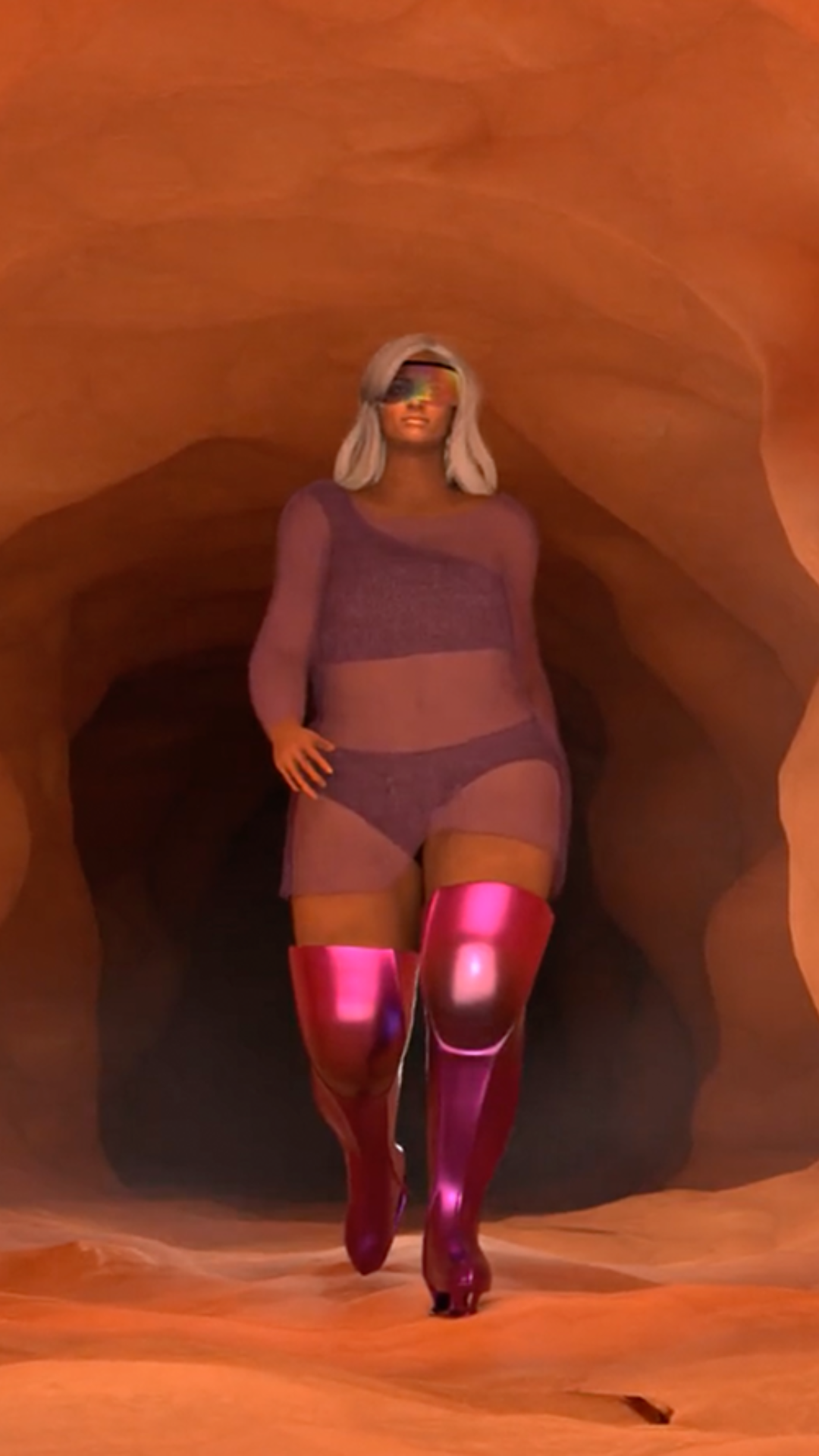
Inclusivity: utopia or reality?
80% of the users consulted in the global study of Momentum Worldwide consider that the Metaverse is, in general terms, much more inclusive than the real world. However, nowadays, the Metaverse is still a copy of the physical world in many ways.
Stereotypes and harmful behaviors are also reflected in these new spaces. In the same way as the canons of beauty, for example, it maintains a large part of its influence. In this sense, the 3D fashion designer Lorena Bello explains how people behave and manifest themselves in practically the same way, even if it is in an unknown environment.
According to a survey realized by the technology company Union Avatars, 80% of users consider the bodies offered by brands to represent themselves sexualized. In the case of male avatars, they are more and more often hyper-masculinized, perpetuating social standards of how a man should be physical: tall, thin, and muscled. In addition, in most cases, slight nudes are used to highlight his musculature.

Source: Union Avatars survey
Source: Union Avatars survey
Furthermore, even though men, non-binary, and women coexist in these virtual spaces, their representations are remarkably different. Video games like Bayonetta or Lost Ark reveal a hypersexualized female representation with an hourglass figure, oversized breasts, and a childish face. According to the Center for Research and Educational Documentation (CIDE) and the Spanish Institute for Women, four out of five female characters show unrealistic physical proportions and use semi-transparent and insinuating clothing, which "enhances the silhouette."
Pauline Hohl, Unik Labs co-founder, explains how this identity also varies depending on the platform or the "purpose of your avatar". In this way, Hohl explains how "in games, for example, female avatars are more often than not very sexualized, and you do not have a very broad range of choices".
This visual projection, predominant in video games, has been replicated on some digital platforms. Directing mainly toward a male audience because, as the 3D artist and graphic designer Amanda Romero explains, "they are images of women created by men and are not responding to the female audience".
Nowadays, both Romero and the social media manager and content creator Teresa Arista observe evolution in this diversity, thanks in part to the incorporation of more women into the development departments. However, both claim the need to move forward with these changes: "Now, within that same team, the female representation is broader, but their voices are not heard because, in the end, the decision-making continues to be exercised by a man," says Arista.
Likewise, people discriminated against in real life tend to be the most harmed by the unforeseen effects of new technology uses. MIT researcher Joy Buolomwini has demonstrated the bias in facial recognition software, where the default images are white men, thin figures, and young people. When it comes to a woman or different ethnicity, the functioning of these IAS worsens.
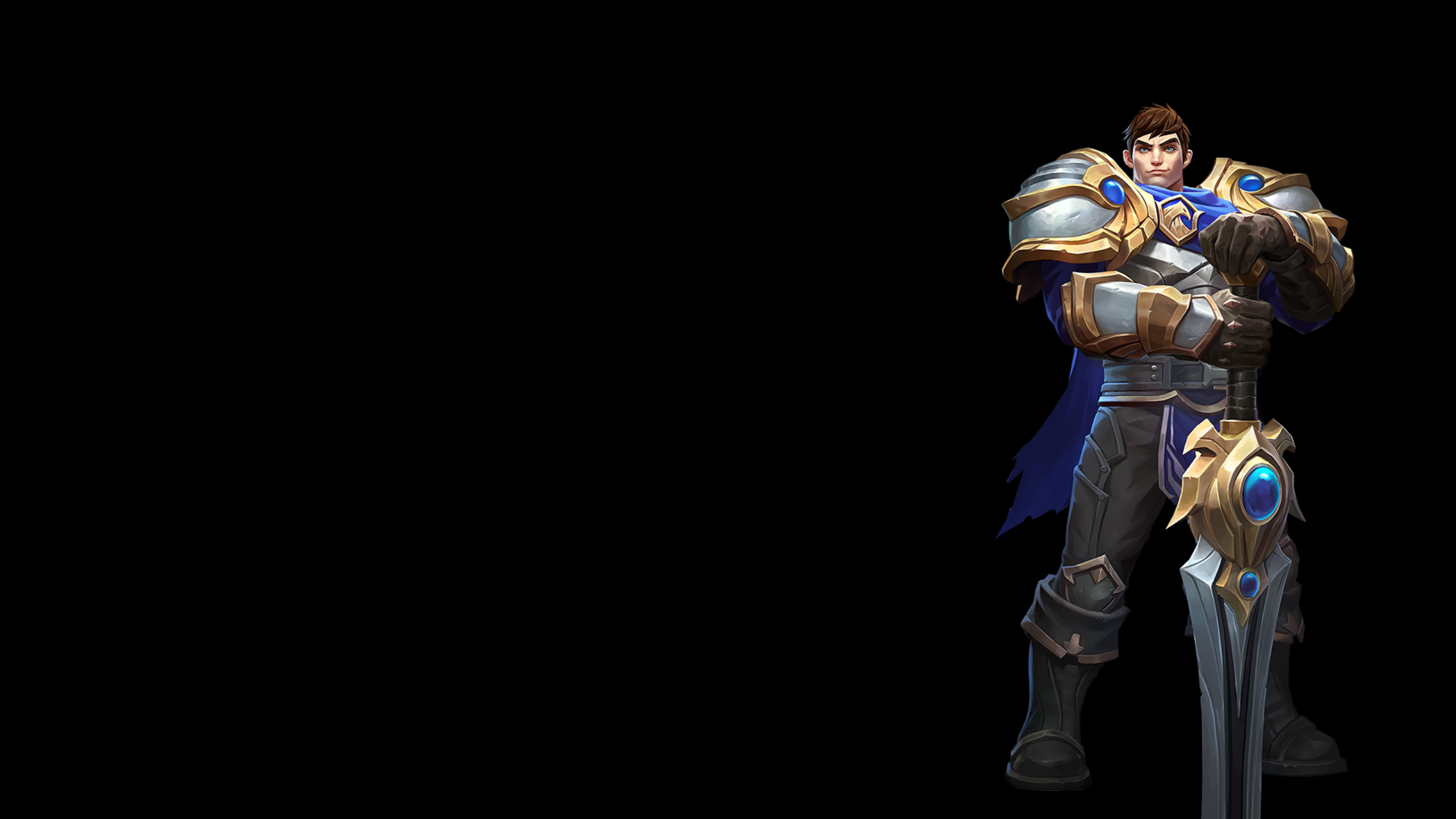
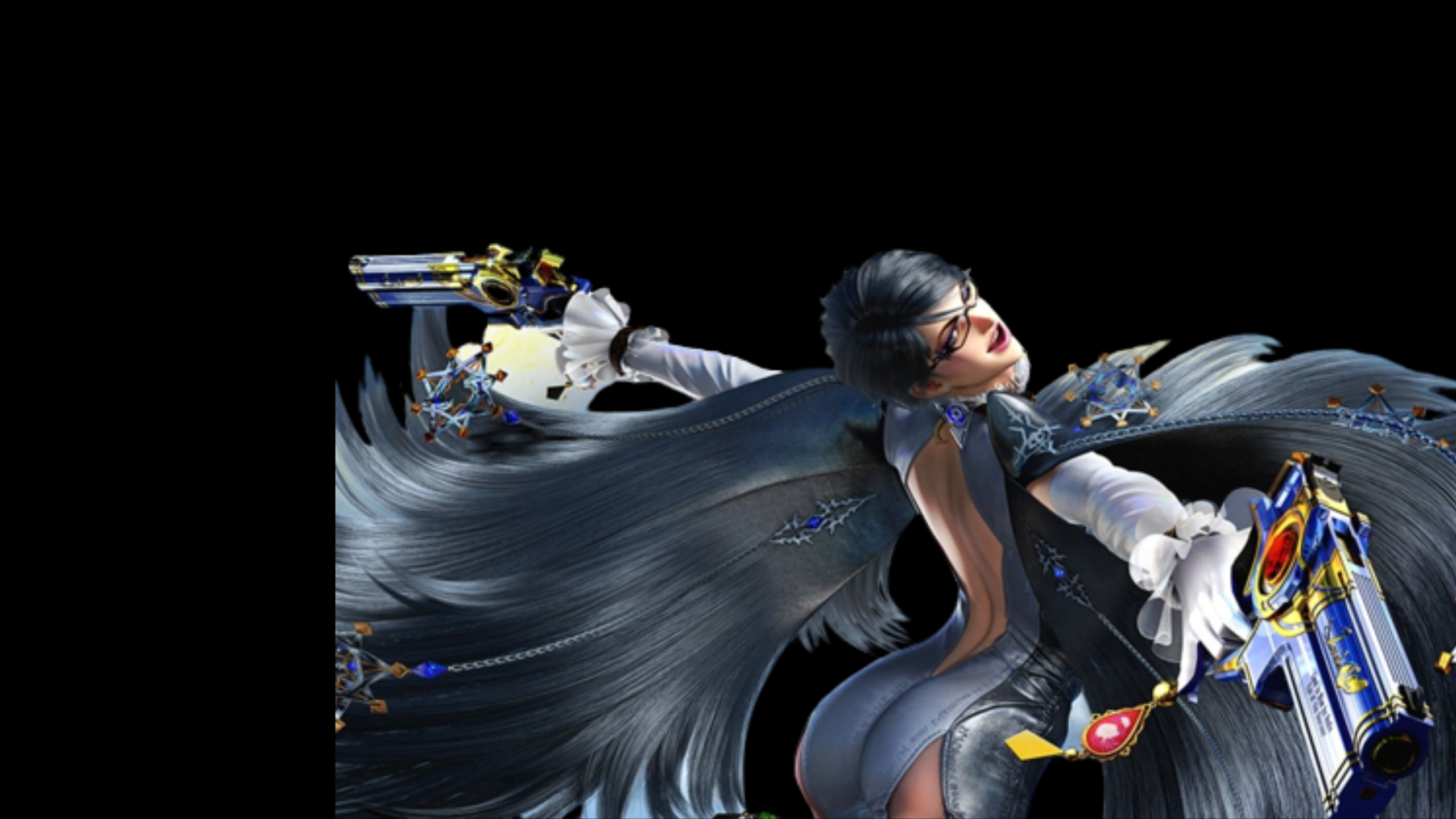

The upkeep of those stereotypes and the lack of variety are the main reasons why 37% of Internet users feel dissatisfied with their current digital identity, according to the Union Avatars survey. Bello remarks how, among the existing options, the customization capacity continues to be very limited.
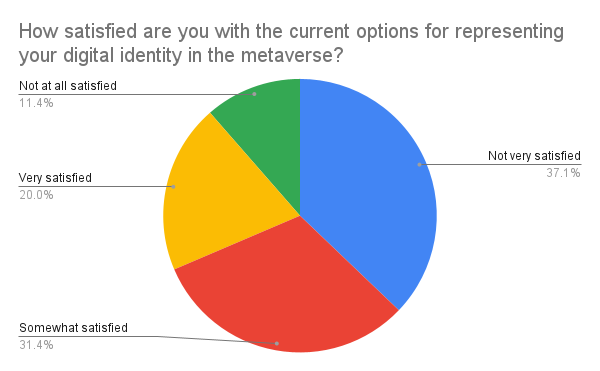
Source: Union Avatars survey
Source: Union Avatars survey
For Luisa Dirube, digital fashion designer, we are in a moment of duality, where the user desires to experiment with different fashion styles, but the available options are limited and reflect the existing beauty canons in our society. “It is important to take these things into account and work on them to create environments that promote inclusion and celebrate diversity”, expresses Dirube.
In this sense, 71% of those surveyed emphasize the need for greater diversity in fundamental elements such as ethnicity, hair textures, height, or bodies, expanding the standards used by the technology industry. “They use a standard that is the same for everyone, but this only represents a small percentage of the people who use them,” explains Arista.
Among these models, the absence of mature avatars stands out. The avatars are eternally young representations where, generally, "there is no option to add wrinkles around the eyes," explains Romero. For her part, Holh emphasizes the importance of representing disabilities “because you can have so many things in terms of physical disabilities. All these different options will need to be included”.
In the end, for many users, the main reason for starting their journey in the Metaverse is the search for an authentic and unique digital identity. Not only through physical appearance but also by adding information about "how this person's eyes are reacting when she's happy or how the hair is moving when this person is running," says Melisa Cilli, digital fashion designer at DRESSX.
These details are the ones that give users the feeling of having complete customization on hand. For Bello, companies must provide the chance to feel included, "even if they do not choose 90% of the options that are being offered."
In the UA survey, it is remarkable how most of these surveyed (60%) aspire to represent themselves with a true-to-life appearance, while only 17% want a more attractive version. Some users, like Romero, prefer a more fanciful identity based on a wide range of colors and a radical differentiation of styles through fashion.
“Fashion is a way of representing yourself in the physical world. Historically, you can understand that person's age and marital status or occupation via traditional costume”, Cilli concludes. It is the first thing you notice about a person and unconsciously it conditions your way of communicating with them.
For this reason, the designer firmly believes in people's desire to represent themselves in these new spaces, though more boldly and crazily, because, although there are still stereotypes to overcome and technology to develop, in the end, "there are no limits in the Metaverse".

How is your perfect Metaverse?
"For me, the perfect Metaverse for women is maybe the Metaverse that gives us the possibility to actually be whoever we want to be, to create whatever we want, and express as we want, always".
“A safe space. It's a pretty good summary because I don't need to tell you if it's safe for women, people of different ethnicities, or non-binary. Everyone deserves to feel safe on the Internet."
Inclusive, empowering, and creative as well
Your opinion matters
Respondents to the Union Avatars survey describe what the ideal digital environment would look like to them. In the infographic, the blue words show the most repeated ideas by users.
